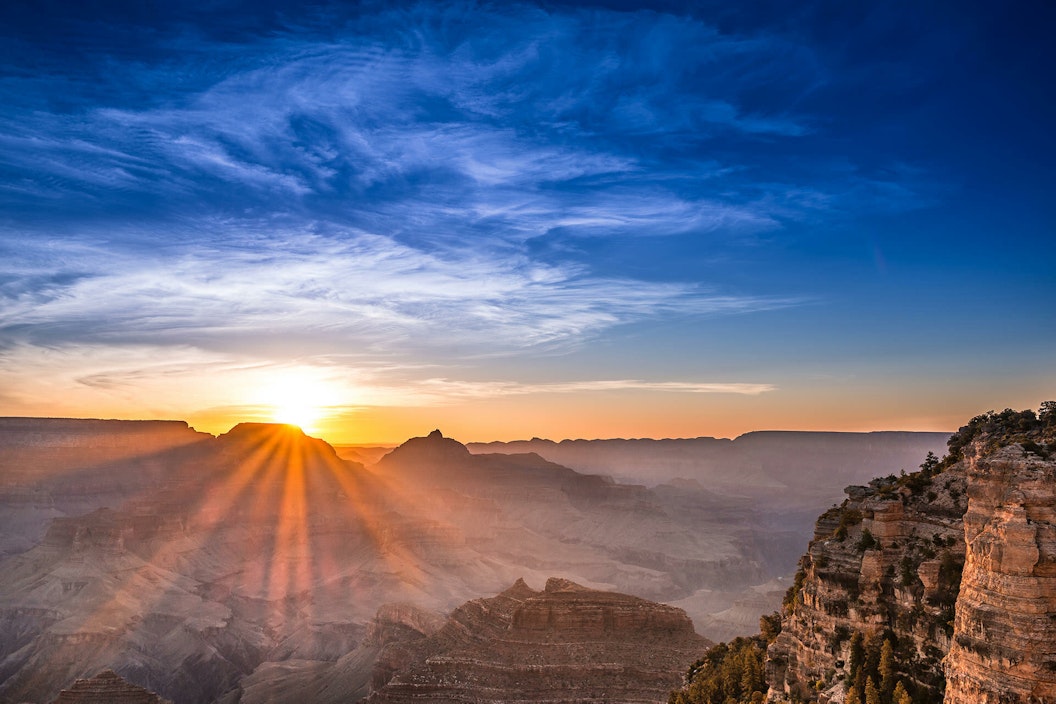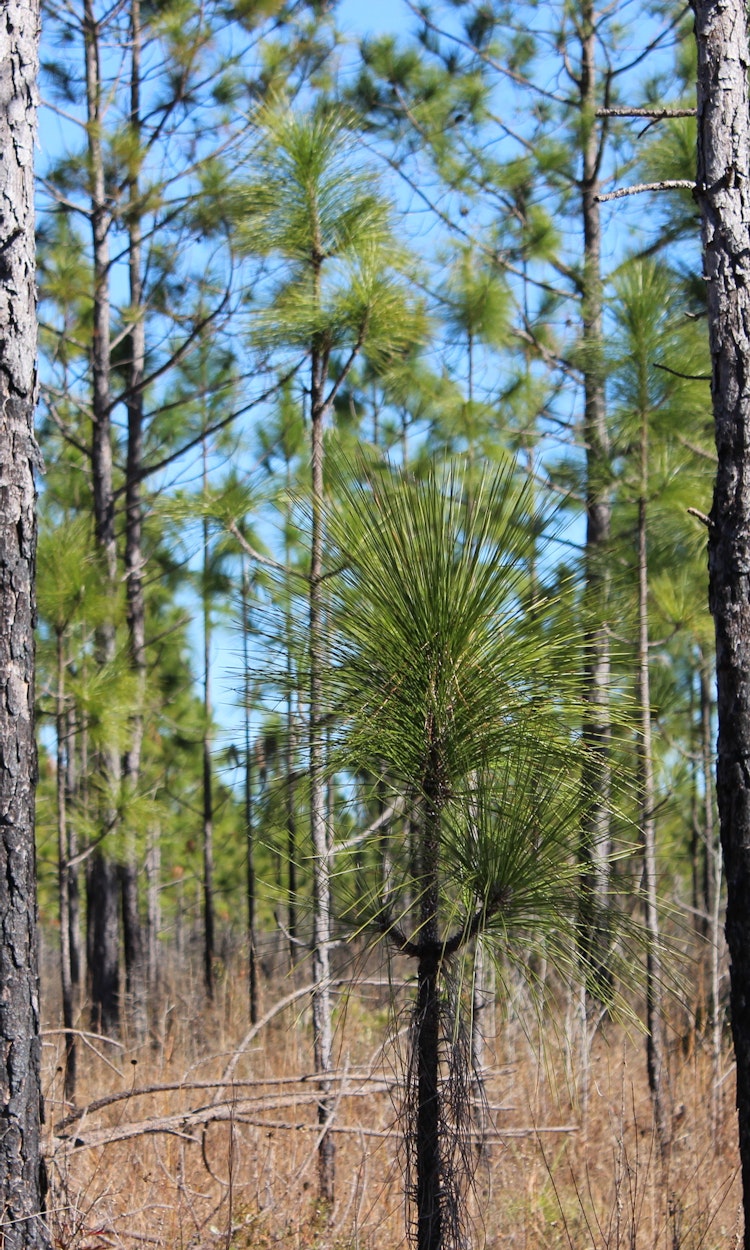

.
.
Pollinators reside in habitats across the National Park System, from the cold Alaskan tundra of Denali National Park to the lush Redwoods of California to the grasslands of Manassas National Battlefield Park. The next time you’re in a national park and see a flower blooming, remember that there is a pollinator to thank! Pollinators such as bees, butterflies, birds, and bats play a critical role in maintaining healthy and diverse ecosystems by carrying pollen from flower to flower and fertilizing plants. According to the National Park Service, “more than 75% of the Earth's flowering plants depend on pollinators.”
Unfortunately, pollinator populations across the world are in decline. Their dwindling populations threaten insect diversity, the stability of delicate ecological food webs, and the production of food like fruits, vegetables, and seeds. Pollinators are crucial for the reproduction of plants, which help to stabilize our soils, clean our air, supply oxygen, and support wildlife. The National Park Foundation (NPF) is supporting projects through our work in landscape and wildlife conservation to promote the health and vibrancy of pollinator populations.
The Journey of the Monarch Butterfly
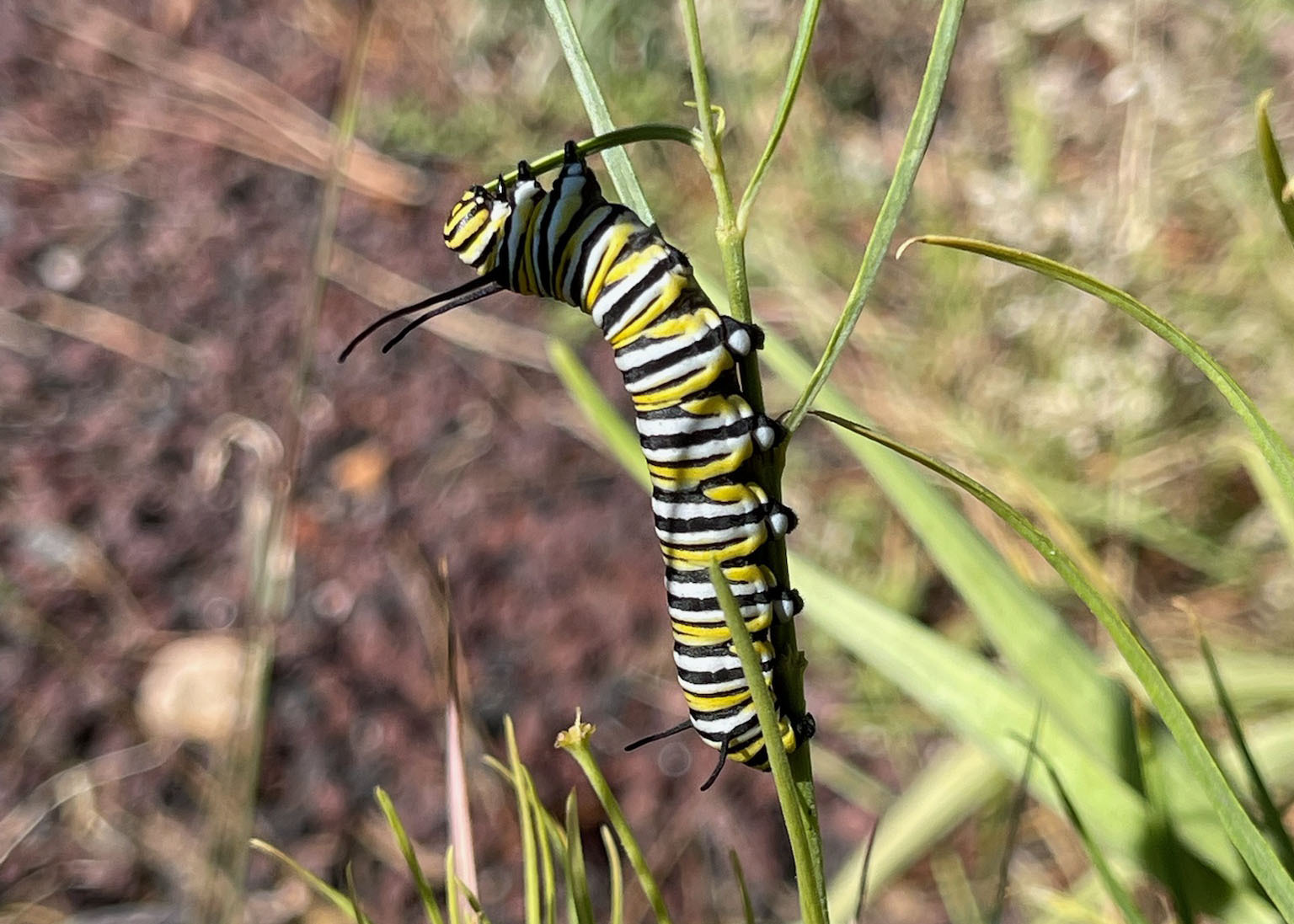
Grand Canyon National Park is home to many different types of pollinators, including various species of butterflies and moths. One of these species is the monarch butterfly, perhaps the most recognizable butterfly, known for its bright orange wings patterned with black lines. Each year, monarch butterflies live and breed at Grand Canyon National Park from May to August and come fall, they migrate to coastal California or to Mexico, where they spend their winters. Over the past decade, scientists have witnessed fewer and fewer monarch butterflies taking this migration, measuring a decline in their populations of up to 90%.
Protecting Pollinators at Grand Canyon National Park
Staff at Grand Canyon National Park are working to ensure that the monarch butterfly population sees a resurgence. With help from NPF funding, the National Park Service has embarked on a multi-year project to install interactive pollinator gardens and engage park visitors in monarch butterfly monitoring at the park. This project will increase the quality and quantity of habitat for monarchs and other native pollinators, while also engaging the public in the importance of pollinator conservation.
Through a partnership with American Conservation Experience, intern Sasha Escamilla has planted native seeds, including nectar-rich flowers and milkweed plants, which monarch butterflies depend on for food, at the Grand Canyon’s Northern and Southern rims. Sasha reflects on her efforts: "working on monarch butterfly conservation has impacted me in such a special way. Getting to work intimately with an iconic and threatened species like monarchs, [has] made me appreciate how important this work [is]. We aren’t just planting a garden to make an area look pretty. We are planting a pollinator garden to help the survival of a severely declining population, as well as countless other pollinators.” Sasha was joined by National Park Service vegetation staff, who collected native seeds from over 60 species for use in pollinator conservation activities.
The park also engaged the next generation of scientists in pollinator conservation by teaming up with United States Geological Survey. The partnership brought a group of Native American students on a trip through Grand Canyon National Park’s Colorado River. Student observations made during their trip, along with the work of a Latino Heritage Internship Program intern, resulted in multiple entries to the Western Monarch Milkweed Mapper, including 7 monarch butterfly sightings and the location of 92 milkweed populations. Efforts like these build the National Park Service’s conservation resources by documenting milkweed distribution and usage and recording monarch butterfly migratory patterns.
Once complete, this project will install interactive pollinator gardens at highly visited sections of the park, which will benefit monarch butterfly populations while giving the Grand Canyon’s millions of annual visitors the opportunity to observe this magnificent species first-hand. Through field science programs, scientists of all ages will continue to monitor monarch butterflies. The data that is collected will be shared publicly, thereby increasing our understanding of pollinator populations, especially in the western United States.
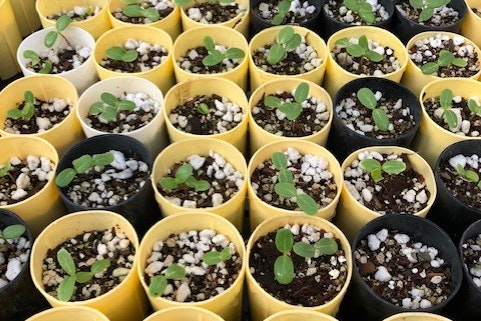
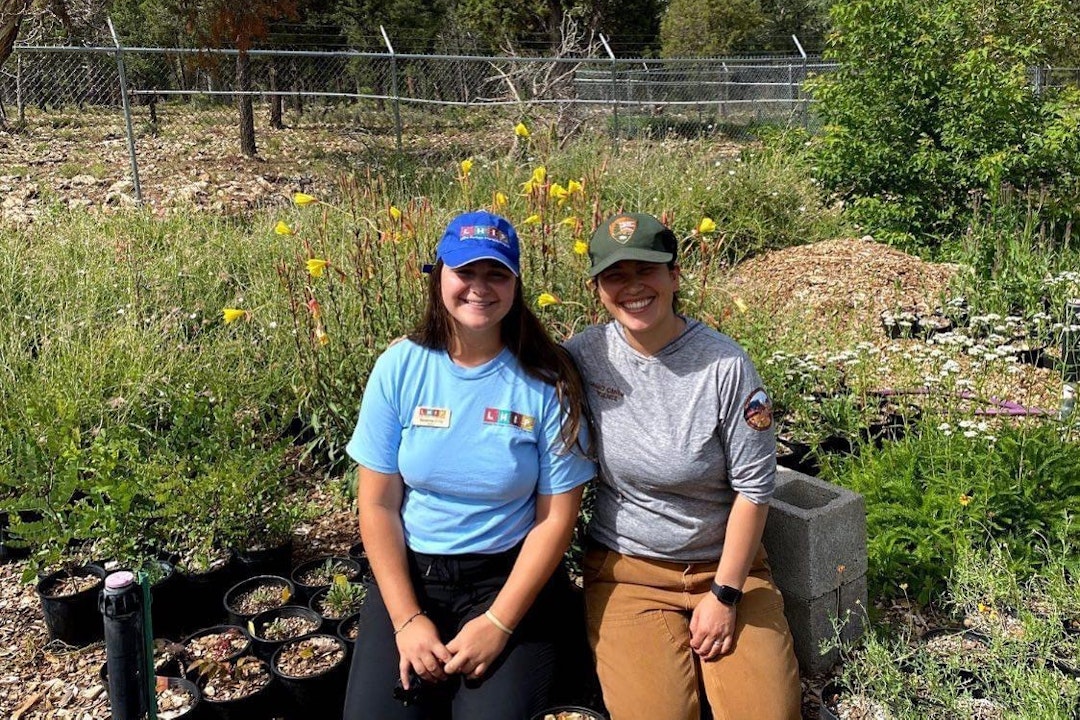
Everyone can take part in pollinator conservation, even if they can’t make it to a national park! These resources will help you to build a pollinator garden in your own backyard:
Join the National Park Foundation in our efforts to restore critical habitats and ecosystems and protect native wildlife by exploring our work in landscape and wildlife conservation.
Related Programs
-
 Habitat Conservation
Habitat Conservation

